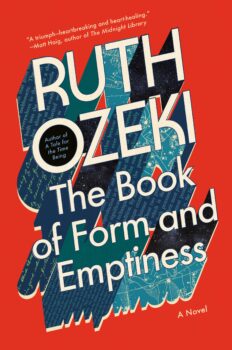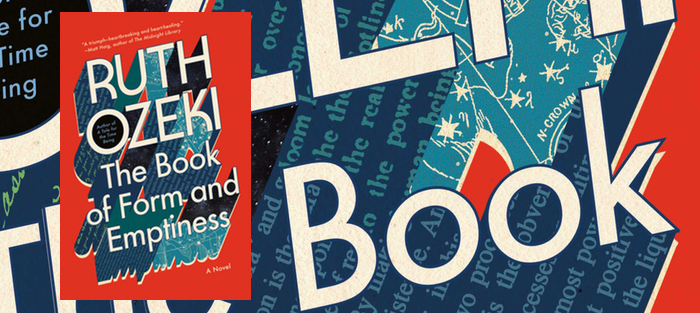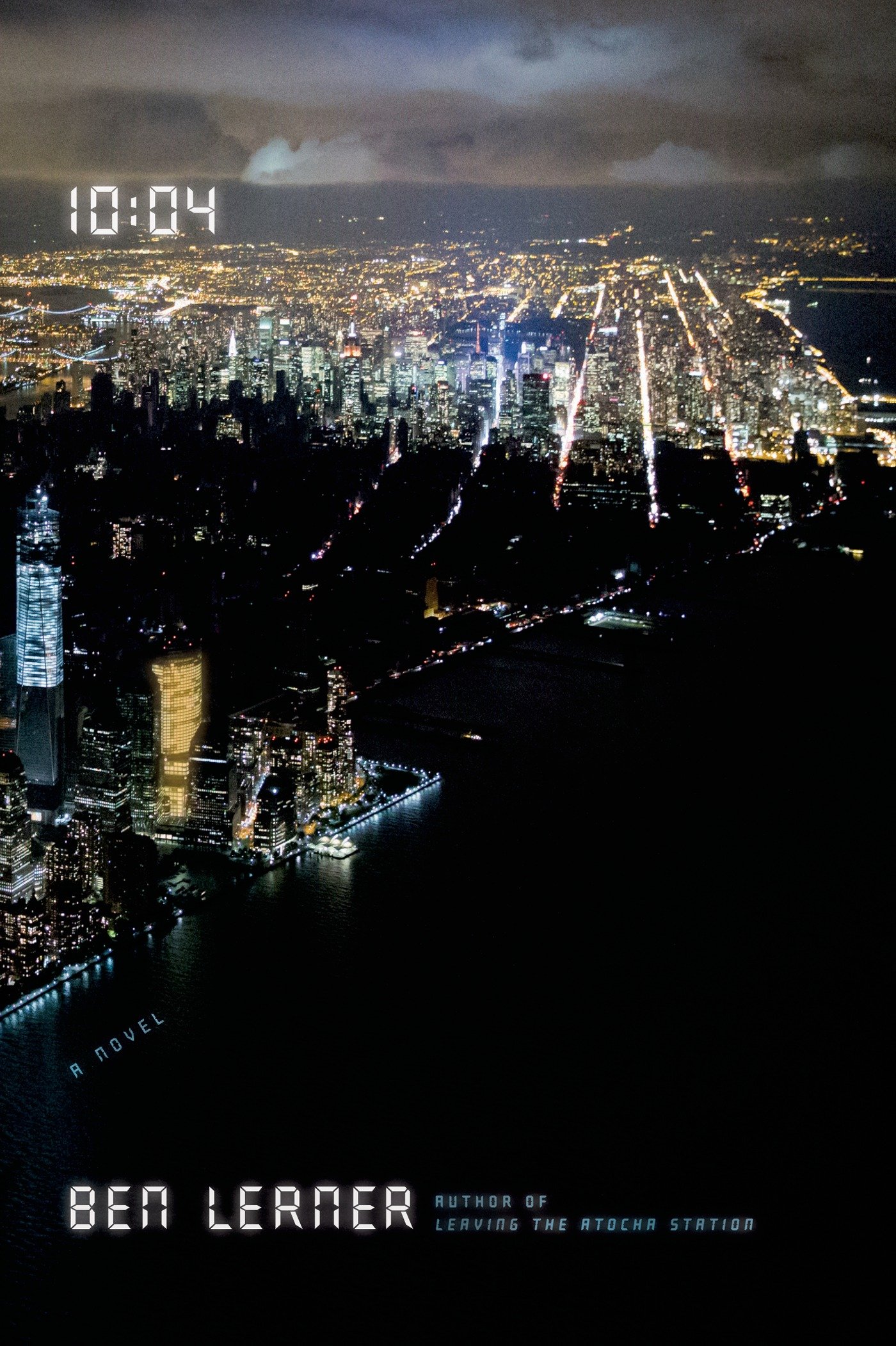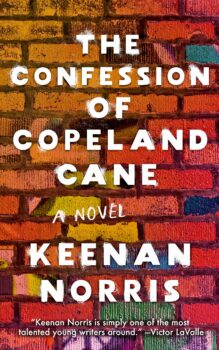It would take an entire paragraph to list all the awards Ruth Ozeki’s A Tale For the Time Being (2013) garnered, including finalist for the Booker Prize. The novel, often described as metafiction, was a departure from her first two, though combined Ozeki’s signature humor and playfulness with her work’s heartbreaking humanity. Ozeki’s long-awaited novel, The Book of Form and Emptiness, is also all these things, and fans of her work will not be disappointed.
This new novel, which could be described as a paean to books, opens with a letter from Ozeki to the reader and states everyone will bring something different to their reading experience: “the book you read will be different from the one your friend reads, and different, too, from the one I’ve written,” a reminder that books are “not singular, static, inanimate things,” but “living things that grow and change, connecting all of us — readers and writers — in a lively and deeply personal conversation.” The letter reminds us reading is magical, while also setting the mood for the novel, which is in many ways a dialogue between a book and the protagonist.
Thirteen-year-old Benny Oh starts hearing the voices of objects a year after his father dies. The source and emotional tone of the voices vary — from shoes to a wilted piece of lettuce, and from pleasant to painful. This problem slowly gets worse as his mother’s unprocessed grief and trauma manifests as a hoarding problem. The house is filled with things and they have something to say. But the voices aren’t contained to his house; they follow him down the street and to school, and he ends up in the pediatric psychiatric ward where he meets a mysterious female artist, who goes by three different names over the course of the novel. After he’s discharged, Benny discovers the library is a refuge from the voices: the objects there know to speak in whispers. He begins skipping school to hang out in the library with the female artist, now called the Aleph, her nonbinary genderfluid ferret, and a homeless philosopher-poet. But Benny’s most important relationship is with “The Book,” which narrates his life and tries to teach him to shut out the noise of consumerism and focus on what truly matters.
The dialogue between The Book and Benny creates the structure of the novel; chapters alternate between the two perspectives. The Book is both a singular object and a plural omniscient voice, speaking directly and specifically to Benny and his life, while also functioning as a collective chorus, explaining the role of books and how they fit into the larger questions of life; such as when Benny questions what is real, and The Book tells him:
It’s probably the oldest question in the book, but that doesn’t mean it’s not special to you. Every person is trapped into their own particular bubble of delusion, and it’s every person’s task in life to break free. Books can help. We can make the past into the present, take you back in time and help you remember. We can show you things, shift your realities and widen your world, but the work of waking up is up to you.
These sorts of declarations and universal truths are an almost inevitable aspect of the novel’s underpinnings, since The Book is the primary narrator. That said, while Ozeki, a Zen Buddhist priest, incorporates principles of Zen Buddhism into both The Book and the fabric of the story, it doesn’t come off as preachy — the signpost of a skillful omniscient narrator, and the brilliance of making The Book itself such a well-developed character. Also, these principles feed into the larger themes of the novel: the emptiness of valuing “things” and how such attachments can cause suffering.
Though this isn’t the only book within this book. During a shopping trip to Michael’s, Benny’s mother comes across a book called Tidy Magic: The Ancient Zen Art of Clearing Your Clutter and Revolutionizing Your Life, which feels serendipitous as she’d just been thinking about the need to declutter. She is so affected by this book, in fact, that she begins writing to the author, a Zen Buddhist priest in Japan who has had to hire an assistant to help with such fan letters due to the book’s success — one that has inspired a television show about decluttering people’s homes. While each circumstance is unique, Benny’s mom’s correspondence with the author calls to mind A Tale For The Time Being, and the television show production does the same with My Year of Meats — just enough of an intertextual hint to delight fans of Ozeki’s previous work.
 While A Tale For The Time Being and Ozeki’s latest novel both explore the relationship between writer and reader, The Book of Form and Emptiness does so much more directly, which is in part due to its structure and premise. The conversation between Benny and The Book changes over the course of the novel as Benny’s circumstances get tougher, at times morally ambiguous. Benny’s responses to what The Book shares about his life and his parents can be hilarious; other times, it’s pointed: “So it doesn’t make me feel any better to hear you clean up the story when you tell it and make me sound like the poor little crazy victim boy.” This tension between The Book and Benny’s feelings about how his story — and self — is portrayed makes Benny a rich three-dimensional character, one who’s impossible not to root for and love. His journey takes on an epic feel, in part because the length of the novel allows for such scope, but also because the story develops into a riveting plot.
While A Tale For The Time Being and Ozeki’s latest novel both explore the relationship between writer and reader, The Book of Form and Emptiness does so much more directly, which is in part due to its structure and premise. The conversation between Benny and The Book changes over the course of the novel as Benny’s circumstances get tougher, at times morally ambiguous. Benny’s responses to what The Book shares about his life and his parents can be hilarious; other times, it’s pointed: “So it doesn’t make me feel any better to hear you clean up the story when you tell it and make me sound like the poor little crazy victim boy.” This tension between The Book and Benny’s feelings about how his story — and self — is portrayed makes Benny a rich three-dimensional character, one who’s impossible not to root for and love. His journey takes on an epic feel, in part because the length of the novel allows for such scope, but also because the story develops into a riveting plot.
The Book of Form and Emptiness indeed has everything one wants from a novel — sympathetic and interesting characters, a propulsive story that is heartbreaking but also playful and affirming, artful structure and skillful point of view — all while wrestling with life’s big questions. The novel’s engagement with issues of climate change and consumerism culture give it an urgency, but its whimsical and epic story makes it the kind of book to settle into, where you both want to keep reading and never want it to end. It’s a novel that reminds you of the power of books, exploring the magical exchange between writer and reader.






